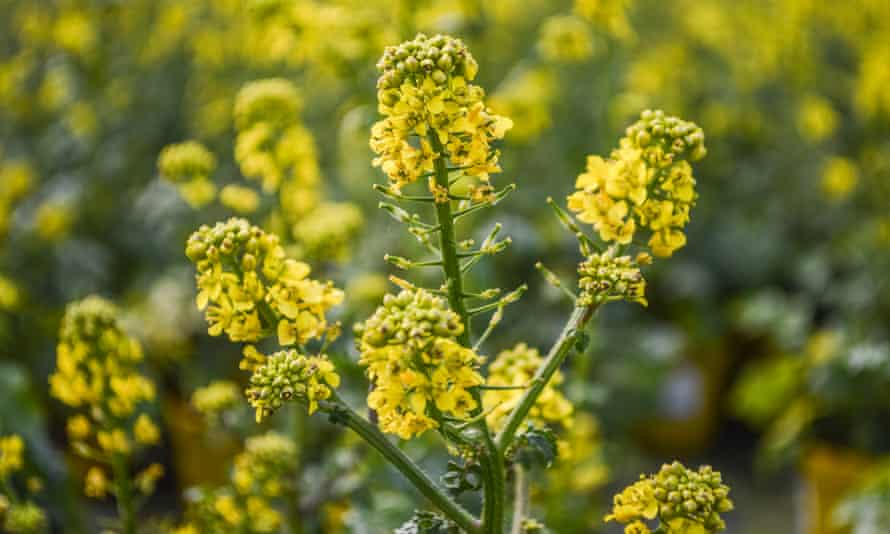A tip for gardeners: don’t let soil lie bare in winter
Bare soil loses nutrients, so blanket your beds with fast-growing crops such as green manure

Nature abhors a vacuum and your soil speaks, in volumes at times, in weeds. Leave it bare and it will respond with a flourish of sow thistles or speedwell or a smattering of nettles; if you don’t listen, it will send out its thoughts in tendrils of bindweed and briars of brambles.
Your soil cannot lie bare over the winter months. The wind, rain and cold will damage the precious top layer; it will lose nutrients and structure, and start to erode. Thus, as your summer garden comes to the end, if you don’t provide a blanket, nature will do the job with weeds.

You can cover the soil with many things such as mulches, cardboard or black plastic, but by far the best option is plant life. The evidence is strong: a soil that is actively growing plants keeps its food web below the surface healthy and resilient. That is why the soil will choose weeds if you don’t step in.
The alternative, so that you don’t have to break your back weeding, is green manure: quick-growing crops that will cover the ground, outcompete most weeds, and help build soil and protect it from erosion. Green manure will also lock in nutrients that are easily lost in the deluge of winter rains. In spring, the green manure is either dug in or hoed off to rot back, releasing the nutrients into the soil for the next crop.

There’s a window of opportunity from now until the end of the month to get some of the easiest ones growing. (This goes as much for soil in containers as it does for the ground.) Every time you pull up a crop, hoe the ground flat and resow with green manure. There are two main types for the end of summer. The first are quick-growing plants that are not hardy and will be killed off by the first hard frost. The dead stems and leaf matter are left in place to further protect the soil; worms will incorporate them into the soil by the end of spring. Common buckwheat, white mustard and Phacelia tanacetifolia are good examples. Scatter seed, rake them in, and let nature do the rest.
Then there are perennial clovers. These can be grown either over winter or left for up two to three years as a long-term green manure (a good option for paths). Clovers are known for their nitrogen-fixing root nodules that feed the soil and are good at suppressing weeds. Alsike clover, Trifoliumhybridum, is good for wet, acidic soil; crimson clover, Trifolium incarnatum, is good for dry, light soil; and white clover, Trifolium repens, is good for clay soil and will tolerate poor drainage. ?
